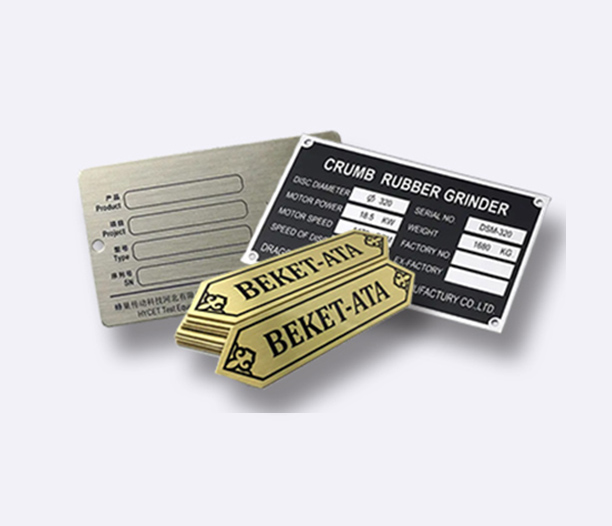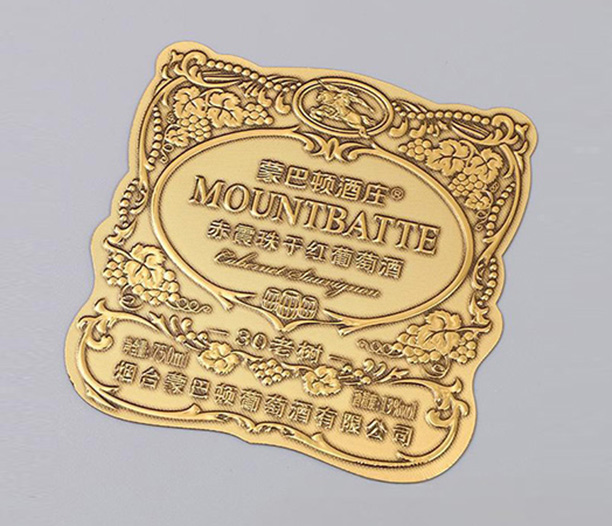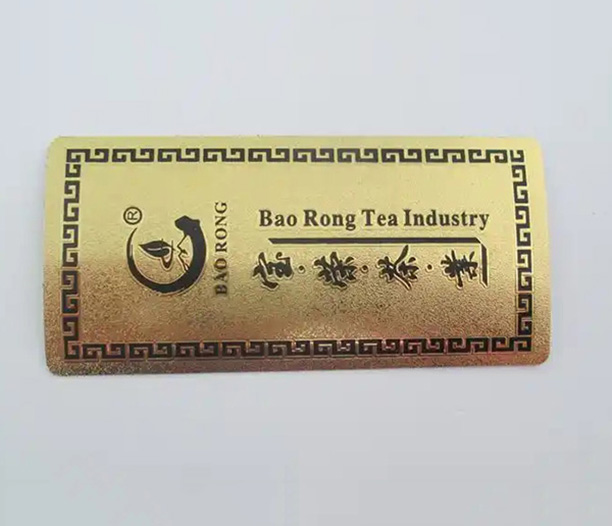Imagine a piece of equipment that’s been in service for decades. Its paint is faded, its manuals are long lost, yet a small, rugged tag affixed to its frame remains perfectly legible. It bears a serial number, safety warnings, and a company logo—a silent, permanent witness to the machine's history. This is the power and permanence of a custom stamped metal tag. Far more than simple labels, these identifiers are fundamental assets for industries where durability, traceability, and professionalism are non-negotiable. They are the unsung heroes of asset management, safety compliance, and brand representation. This article delves into the core aspects of these essential tools, exploring why the custom stamped metal tag remains a preferred solution for countless applications.
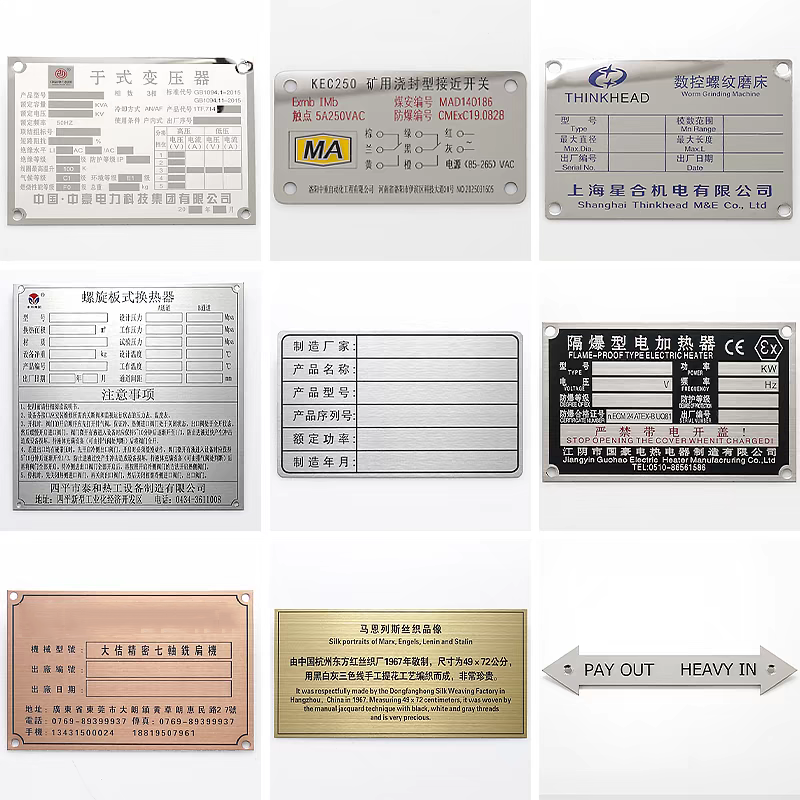
The Unmatched Durability of Stamped Metal Tags
When it comes to longevity and resilience, few identification methods can compete with a custom stamped metal tag. Unlike printed labels or adhesive stickers that can fade, peel, or become brittle over time, stamped tags are designed to endure. The process of stamping physically displaces the metal to create characters and logos, meaning the information becomes an integral part of the tag itself. It cannot be rubbed off or erased through surface wear. These tags are manufactured from robust materials such as aluminum, stainless steel, brass, or zinc. This material selection allows them to withstand extreme environmental challenges, including: Corrosion: Stainless steel and aluminum tags offer excellent resistance to rust, moisture, and chemicals. High Temperatures: Metal tags can be engineered to resist scaling and discoloration in high-heat environments like engine bays or industrial ovens. Abrasion and Impact: The physical strength of metal ensures that the identification remains intact even when subjected to physical abuse, friction, or impact. UV Exposure: The information on a stamped tag will not fade in direct sunlight, making them ideal for outdoor applications. This inherent toughness ensures that your critical data—be it a serial number, safety instruction, or compliance label—remains readable for the entire lifespan of the product or asset it identifies.
Endless Customization Options for Your Needs
The "custom" in custom stamped metal tag is where functionality meets specificity. Businesses are not limited to a one-size-fits-all solution. Instead, they can specify every detail to create a tag that perfectly aligns with their application. Key customization options include: Shape and Size: Tags can be produced in virtually any shape—rectangular, circular, oval, or even complex custom die-cuts to fit a specific space. Material and Finish: As mentioned, a range of metals is available. Furthermore, finishes can be specified, such as plain, painted, anodized, or plated, to enhance appearance or provide additional protection. Marking Method: While stamping is the primary method, it can be combined with other techniques. Embossing creates raised characters, while debossing creates recessed ones. Adding color through enamel infill (fill paint) in logos or text greatly improves visibility and aesthetics. Attachment Methods: A tag is only useful if it stays attached. Custom tags can be ordered with pre-punched holes for rivets or screws, adhesive backing, or even with wires for hanging. This high degree of personalization means that whether you need a small, anodized aluminum tag for a circuit board or a large, embossed stainless-steel nameplate for a generator, a solution exists.
Critical Applications Across Industries
The versatility of the custom stamped metal tag makes it indispensable across a wide spectrum of sectors. Their primary role is to provide permanent, reliable identification where it matters most. Manufacturing and Industrial: For asset tracking, equipment serialization, maintenance schedules, and compliance with machinery directives. Aerospace and Defense: Requiring extreme durability and traceability for parts and components, often meeting specific military standards (Mil-Spec). Automotive and Marine: Used for VIN plates, engine specifications, and component ratings that must survive under-the-hood temperatures and exposure to fuels and lubricants. Electrical and Utility: For electrical panels, transformers, and circuit breakers to display critical safety information, voltage ratings, and warning labels. Branding and Professionalism: Beyond pure identification, a high-quality metal tag with a company logo and product information conveys a message of quality and attention to detail, enhancing brand perception.
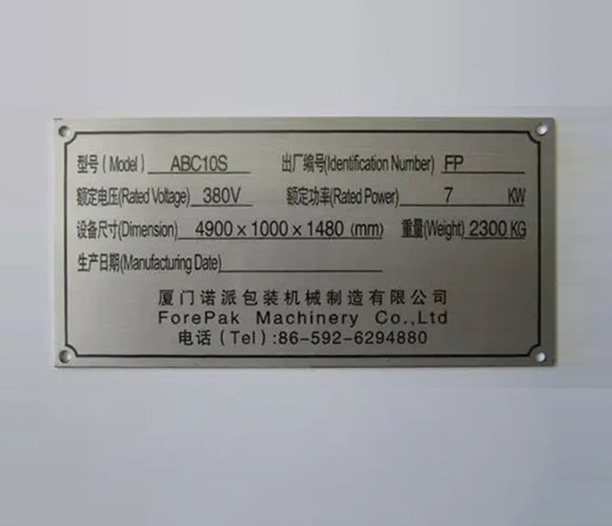
The Stamping Process: How These Tags Are Made
Understanding the manufacturing process highlights why custom stamped metal tags are so durable. The most common method is metal stamping, a high-precision, high-volume process. Tool and Die Creation: A custom steel tool (die) is fabricated. This die has the inverse image of the desired text, numbers, and logos that will appear on the tag. Material Feeding: A coil or sheet of the chosen metal is fed into a stamping press. Stamping: The press forces the die into the metal sheet with tremendous pressure, permanently imprinting the design into the material. Secondary Operations: The stamped tags are then cut to shape (blanked). Subsequent steps can include deburring (smoothing sharp edges), applying finishes, adding color fill, and attaching any required hardware. This process allows for fast, consistent, and cost-effective production of large quantities of identical, high-quality tags.
Choosing the Right Metal Tag for Your Application
Selecting the ideal custom stamped metal tag requires careful consideration of several factors to ensure performance and cost-effectiveness. Environment: Is the tag for indoor, outdoor, high-heat, or corrosive chemical exposure? This will dictate the best material choice (e.g., stainless steel for harsh environments, aluminum for general purpose). Readability Requirements: How important is long-term legibility? Deeply stamped or embossed tags with color fill offer the best visibility over long periods. Budget and Quantity: While the initial tooling cost exists for stamped tags, the per-unit cost becomes very low for large production runs, making it an economical choice for high-volume needs. Data Complexity: Stamping is ideal for text, numbers, and simple logos. For highly complex graphics or barcodes, etching or photochemical milling might be considered, though they may not offer the same depth and durability as stamping. By carefully evaluating these aspects, you can specify a tag that delivers optimal value and performance for its intended use.
Frequently Asked Questions (FAQs)
Q1: What is the main advantage of a stamped metal tag over a printed or engraved one?
A1: The primary advantage is permanence. Stamping physically deforms the metal, making the information an integral part of the tag. It won't wear off, fade, or be easily removed, unlike surface printing or lighter engraving, ensuring lifelong traceability.
Q2: Which material is best for outdoor use?
A2: For harsh outdoor environments, stainless steel (such as grade 304 or 316) is highly recommended due to its superior corrosion resistance. Aluminum with a protective anodized finish is also an excellent, cost-effective option for less severe conditions.
Q3: Can I include my company logo on a custom stamped metal tag?
A3: Absolutely. Logos can be incorporated into the stamping die. For detailed logos, the process can be combined with etching, or color can be added using enamel fill to make the logo stand out clearly against the metal background.
Q4: How long does it take to receive custom stamped metal tags?
A4: Lead times vary by manufacturer and order complexity. The initial creation of the stamping die adds to the setup time. Once the die is made, production is typically fast. A standard lead time can range from 2 to 4 weeks, depending on the quantity and secondary processes required.
Q5: Are there minimum order quantities for custom tags?
A5: Yes, most manufacturers have a minimum order quantity (MOQ) due to the initial cost of creating the custom tooling (die). However, MOQs can vary significantly, with some suppliers offering lower minimums for certain materials or simpler designs. It's best to discuss your specific needs with a manufacturer.
In conclusion, the custom stamped metal tag is a timeless solution for durable identification. Its blend of ruggedness, customization, and clarity makes it an indispensable tool for any business that values the long-term integrity of its assets, the safety of its operations, and the strength of its brand.



